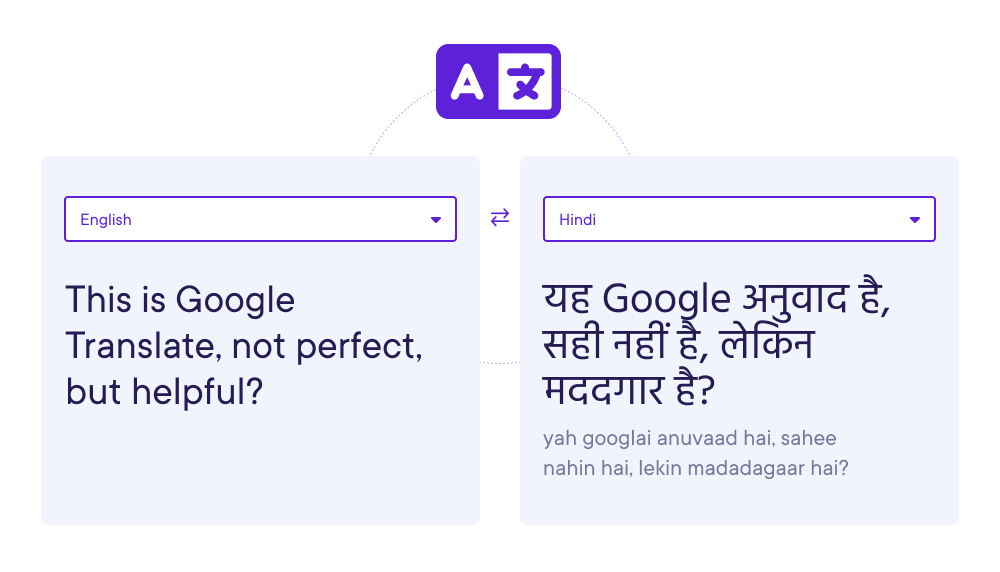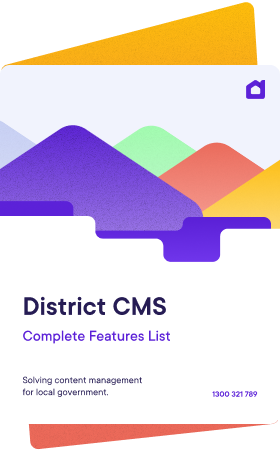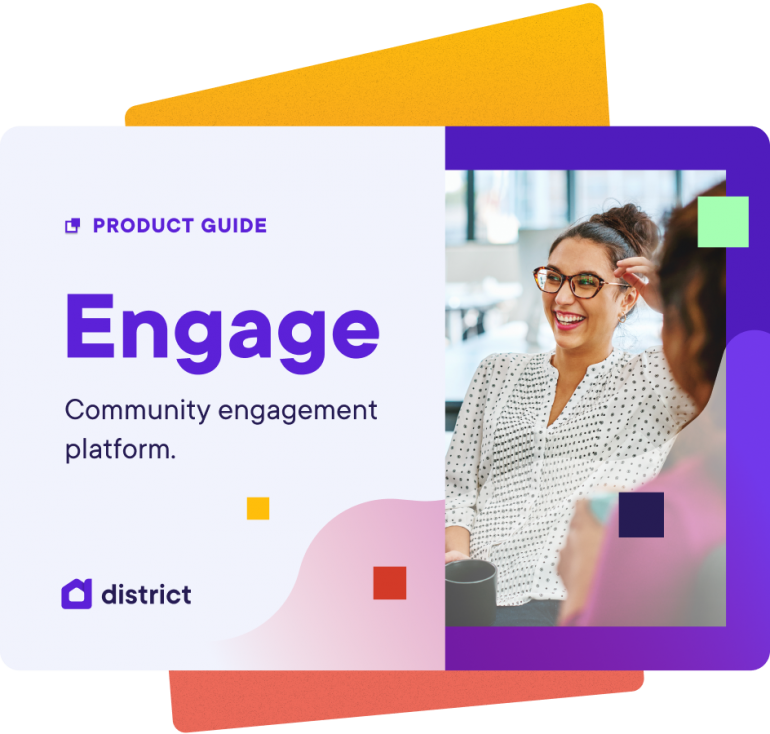Living in a global society faces us with the challenge of how to provide digital services to a multicultural audience.
The language barrier to delivering quality public sector content to a multicultural audience is just one side of the coin. It’s just as important to close the cultural gap that can inhibit successful integration to a new country. Digital communication teams, product owners and business executives continually struggle with questions like:
- Do I need to translate my site content?
- What level of site translation is sufficient?
- How do non-native English speakers interact with my site?
But in the government space, where customers have no choice whether or not to deal with a public institution, accurately facilitating the needs of a culturally and linguistically diverse community poses an even larger burden. As all levels of government strive to be more inclusive, translating and interpreting services are a hot topic. However, the language barrier is just one element to inclusivity.
The cultural gap of being new in a country, confronted with an unfamiliar government structure, and facing uncertainty around responsibilities and government-funded services is often forgotten in this inclusivity requirement.
The site translation dilemma
Governments advocate for inclusion by providing services designed to meet the needs of all members of the community.
Language assistance is one way to be more inclusive, yet translation services bring challenges. Which foreign languages will we support? What types of language assistance will we facilitate?
If governments decide to provide some level of language assistance, automated translation is the first budget-friendly step. However, no machine can fully replace a human being for interpreting different and subtle meanings of a word within different contexts. Implementing Google Translate on your website can lead to inaccurate and nonsensical translations. Instead of assisting site visitors, you risk causing confusion and presenting culturally inappropriate translations.
Automated translation is most problematic for titles, buttons, menu items or other quick links, where users don’t have any context to properly interpret the translation. These site areas need the editing touch of a qualified translator.
Presenting automated translation on your website as if it was professionally translated, such as via integration in language toggles, is deceptive. Site visitors expect to see properly translated page content when clicking these toggles.
Users relying on automated translation services generally already have their preferred translation widget when opening their default browser (eg. Chrome auto-translate). So chances are, the audience you are trying to serve with these automated translations won’t be utilising it anyway.

Other translation alternatives?
The ultimate solution is to have your site content translated by professionals in the most commonly spoken languages. However, not only is this a very costly solution, but also entails ongoing site maintenance, as site content is not static and will require constant updating in all languages.
However, according to research undertaken by Manningham Council, non-native speakers generally don't expect government website content to be available in their native language. Besides, people who struggle with the English language prefer speaking in their native language to someone over the phone or in person, instead of trying to make sense of an overwhelming site page that is not properly translated. Having interpreter services available helps close the language gap.
Another option, providing spoken translation through integrating multiple languages in a site reader, is less popular. For one reason, it takes too long. Generally, with the exception of some members of the older generations, site visitors want to navigate as quickly as possible to the section of the website that is relevant to them. In addition, spoken translation does not often cater for the multiple spoken dialects in the regions where there is more than one official language.
So, site translation or not?
There is no simple answer to this question. Ultimately, whether or not to provide site translations is a business decision based on weighing costs and benefits. But if you do decide to provide site translations, be sure to set expectations accordingly and properly translate content that cannot be contextually interpreted, such as page titles and menu items.
Language is not the only barrier
Although a new migrant may eventually master the local language, there are other obstacles to integration that must be taken into account. Recent migrants may not have a proper understanding of how Australian governments organise themselves and what services they can expect, let alone understand which government institution is responsible for social security, community and housing services, tax registration or other services.
Governmental structures and political processes differ across the world. Division of powers across federal, state and local jurisdictions can be complicated, even for locals. Social services like disability transport might be a responsibility of a local authority in one country and a federal matter in another. Certain social services might be government funded in one country but not in another. Understanding the administrative side of migrating does not stop after a visa has been approved.
Proactively guide your culturally diverse audience
According to research, migrants are generally unaware of the level of services provided by foreign government institutions. Consequently, it’s difficult to manage the expectations of people who are unaware of your core service offering.
Clarifying the services you offer is one thing, but making sure this information is properly communicated to your audience is just as important. A website with a transparent offering is simply not sufficient for people looking for assistance. To become a top-of-mind government institution, it’s essential to communicate proactively.
A clever communication strategy, including SEO, traditional mail and newsletter, will create awareness around your full offering. For example, local governments could send new residents an information package about their full-service offerings, language assistance services and other migrant-specific services and initiatives, such as English language courses or citizenship information. This will help smoothen the integration process.
Having language support services available for individuals who struggle with the English language is key. Non-native speakers can become familiar with your services via phone or in-person interpreter services. But be sure the availability of these services is clearly communicated – there is no point in offering them if the people who need them don’t know they exist.
In addition, if you provide information and/or services specifically aimed at people with diverse backgrounds, such as multicultural events or community groups, ensure that any information is easily accessible to your audience via your website and other communication channels.
Native speakers might cope with similar challenges
It’s not just new migrants who might find government bureaucracy confusing. Native speakers may have very similar struggles when interacting with government organisations.
The lack of knowledge about how governments are organised and the division of powers between the different tiers of government also exists within the local community. For example, many in the community see local councils as an institution that collects monies through property rates, pet registration, and parking fines without giving much in return. People are generally unaware of the benefits and services generated from these income streams and are available to the public, such as mental health services, parental classes, and Meals on Wheels.
As a result, the entire community can benefit from clear communications around your service offering.
Using simple and plain English language that is free of jargon will benefit both native and non-native speakers alike. Website copy needs to have a reading grade of 9 or less to accommodate the more than 20 per cent of Australian adults with low literacy. It’s also important to remember that reading from a screen can reduce comprehension and can be slower than reading on paper.
Conclusion
More than ever, inclusion is a hot topic for government organisations, who are increasingly listening and responding to the particular needs of their multicultural audiences.
In 2021, Manningham Council, in Melbourne’s eastern suburbs, conducted extensive user research to ensure their proposed website responded to the needs of their diverse audience. The culturally and linguistically diverse community in Manningham was brought onboard to help develop site content, functionality, navigation, design, and overall communication strategy. Manningham Council has set an example for other government organisations to become more (digitally) inclusive.
Forward-thinking government organisations are nurturing and educating their diverse audiences by avoiding jargon and using simple, everyday language in their digital channels, and making sure content reaches the intended audience with a proactive communications strategy that explains and promotes their service offerings. All citizens, whether native or non-native speakers, can benefit from improved communications from government organisations.




